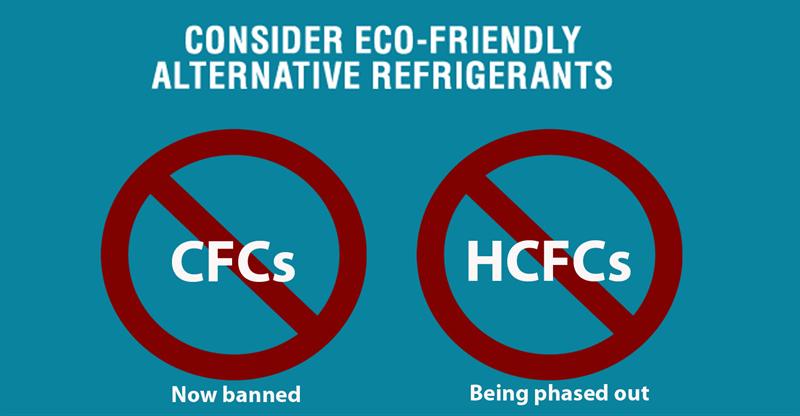Courtesy : rand.org
An evaluation of technical options available to reduce emissions from nonaerosol uses of chlorofluorocarbons (CFCs). This study examines about 100 methods of reducing emissions in a wide variety of product areas. The methods involve chemical substitutes for CFC, product substitutes for CFC-using products, work practices, and chemical control technologies. The emissions reducing potential of each option is estimated, and the cost and difficulty of implementing each option are discussed. Nine options appear to be amenable to implementation without serious nationwide economic repercussions and could reduce emissions by about one-third.
RELATED PRODUCTS
- REPORTAn Analytic Method for Constructing Scenarios from a Subjective Joint Probability DistributionJan 1, 1986Frank Camm, James K. Hammitt
- REPORTSocial Cost of Technical Control Options to Reduce Emissions of Potential ozone depleters in the United States: An UpdateJan 1, 1986Frank Camm, Timothy H. Quinn, et al.
- REPORTSubjective Probability-Based Scenarios for Uncertain Input Parameters: Stratospheric Ozone DepletionJan 1, 1990James K. Hammitt
- REPORTTiming Regulations to Prevent Stratospheric-Ozone DepletionJan 1, 1987James K. Hammitt
- REPORTProjections of Consumption of Products Using Chlorofluorocarbons in Developing CountriesJan 1, 1987Daniel F. Kohler, John Haaga, et al.
- REPORTPotential Constraints on Cumulative Global Production of ChlorofluorocarbonsJan 1, 1986W. E. Mooz, Kathleen A. Wolf, et al.
This report is part of the RAND Corporation Report series. The report was a product of the RAND Corporation from 1948 to 1993 that represented the principal publication documenting and transmitting RAND’s major research findings and final research.
This document and trademark(s) contained herein are protected by law. This representation of RAND intellectual property is provided for noncommercial use only. Unauthorized posting of this publication online is prohibited; linking directly to this product page is encouraged. Permission is required from RAND to reproduce, or reuse in another form, any of its research documents for commercial purposes. For information on reprint and reuse permissions, please visit www.rand.org/pubs/permissions.
The RAND Corporation is a nonprofit institution that helps improve policy and decisionmaking through research and analysis. RAND’s publications do not necessarily reflect the opinions of its research clients and sponsors.



